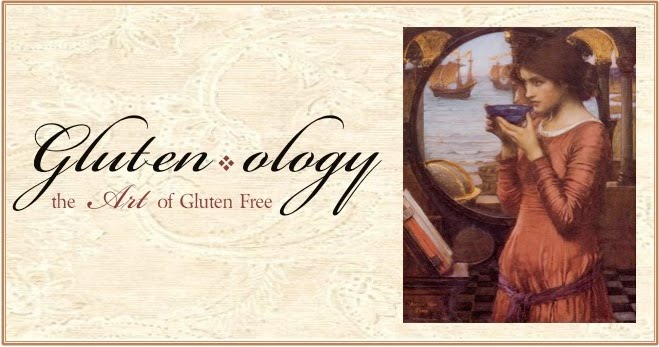- "everything" has gluten in it
- you'll never be able to eat bread and all those other things you love again
- it's hard cooking gluten free
- gluten free food tastes gross
But cutting gluten out of my diet made me feel SO much better, that I was encouraged to keep at it. The more I learned, thought about it, and lived it, the more I realized some basic principles. Here are 8:
- You can still eat BUTTER and tons of other foods/ingredients that are naturally gluten free: meat, eggs, vegetable, fruit, nuts, spices, beans, rice, corn, maple syrup, honey, sugar, butter, cheese, milk, chocolate, coffee, tea and much more that I can't even think of right now. These "always-have-been gluten free" foods didn't used to put that on the label, but as folks are becoming more aware of gluten intolerance, they are doing so, and it's incredibly helpful. Heinz Ketchup, for example, says "gluten free" on it now.
- As long as you read ingredients and make sure some gluten-infested filler isn't added into the ingredients you're using, you can cook a lot of things the way you always did.
- Usually the more quality, pure, and organic type foods are free of additives that include gluten, so use those instead of the highly artificial varieties
- Be willing to cook from scratch and learn to make things that you were tempted to buy pre-packaged before. Your version will probably taste even better than the old one did, even if it takes a few tries.
- The store pre-packaged gluten free food is, in a lot of cases, not very good. What you make yourself will be far superior. And healthier.
- "Gluten free" does NOT mean "Flour Free." Use other kinds of flour, like rice, corn, tapioca, potato, sorghum. Buy a gluten free flour mix at the grocery store to save yourself the work of deciding what flours to use (although I don't like the taste of Bob's Red Mill all-purpose mix, which seems to be the easiest to get).
- Gluten Free food tastes GREAT - most of it is no different than it was before, quick breads and cakes (anything with baking soda/baking powder) are very easy to use flour substitutions in, and yeasty breads just requires re-learning the chemistry.
- And last of all: NEVER use bean flour. It is gross. No matter what texture and health benefits may come from it.
Let me reiterate. It's really not that hard. I love the challenge that is involved in figuring out how to make something, or the best way to do it. Just think, the techniques for bread-making, for example, that we have today, weren't invented in a night. They come down from centuries and decades of people making bread. So it's naturally that to re-learn what works best will take a few tries. But it is very do-able. I'm looking forward to sharing what I learn with you, and hopefully it will be of some help.
Cheers!
The Gluten Free Damozel





No comments:
Post a Comment